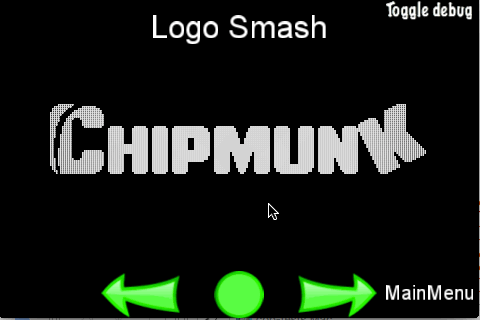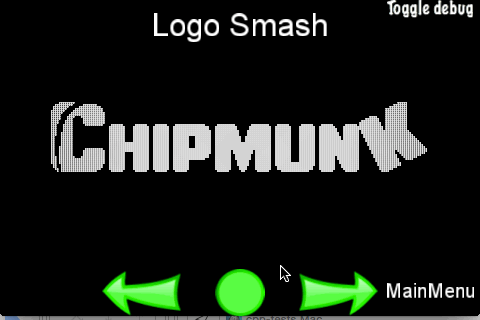Queries
Have you ever stood in one position and looked around? You see things near to you and far from you. You can gauge how close things are to you. Physics engines
provide this same type of spatial query. PhysicsWorld objects currently support point queries, ray casts and rect queries.
Point Queries
When you touch something, say your desk, you can think of this as a point query. Point queries allow you to check if there are shapes within a certain distance of a point. Point queries are useful for things like mouse picking and simple sensors. You can also find the closest point on a shape to a given point or find the closest shape to a point.
Ray Cast
If you are looking around, some object within your sight is bound to catch your attention. You have essentially performed a ray cast here. You scanned until you found something interesting to make you stop scanning. You can ray cast at a shape to get the point of first intersection. For example:
void tick(float dt)
{
Vec2 d(300 * cosf(_angle), 300 * sinf(_angle));
Vec2 point2 = s_centre + d;
if (_drawNode)
{
removeChild(_drawNode);
}
_drawNode = DrawNode::create();
Vec2 points[5];
int num = 0;
auto func = [&points, &num](PhysicsWorld& world,
const PhysicsRayCastInfo& info, void* data)->bool
{
if (num < 5)
{
points[num++] = info.contact;
}
return true;
};
s_currScene->getPhysicsWorld()->rayCast(func, s_centre, point2, nullptr);
_drawNode->drawSegment(s_centre, point2, 1, Color4F::RED);
for (int i = 0; i < num; ++i)
{
_drawNode->drawDot(points[i], 3, Color4F(1.0f, 1.0f, 1.0f, 1.0f));
}
addChild(_drawNode);
_angle += 1.5f * (float)M_PI / 180.0f;
}

Rect Queries
Rect queries provide a fast way to check roughly which shapes are in an area. It is pretty easy to implement:
auto func = [](PhysicsWorld& world, PhysicsShape& shape, void* userData)->bool
{
//Return true from the callback to continue rect queries
return true;
}
scene->getPhysicsWorld()->queryRect(func, Rect(0,0,200,200), nullptr);
A few examples of using a rect query while doing a logo smash:

